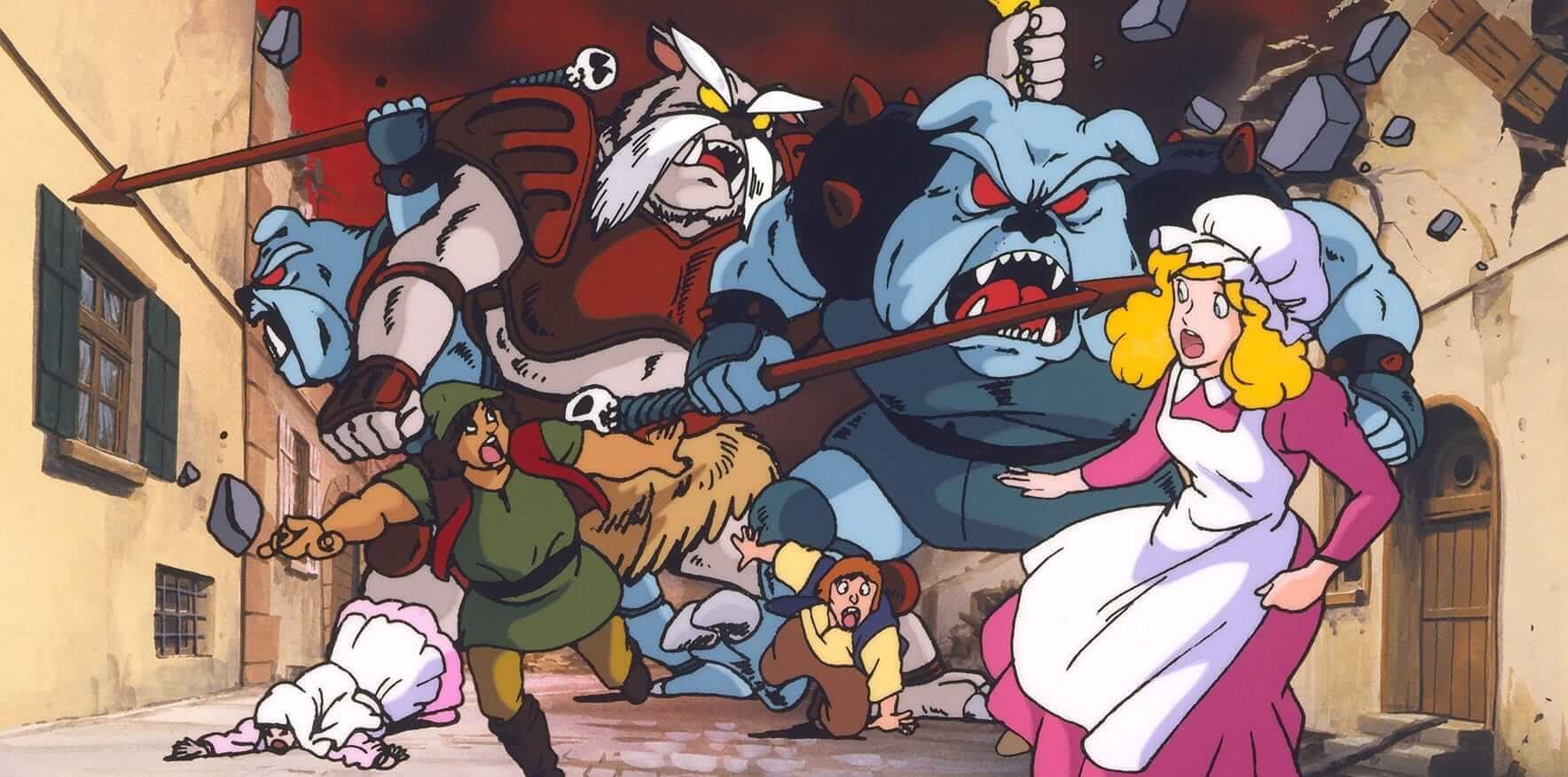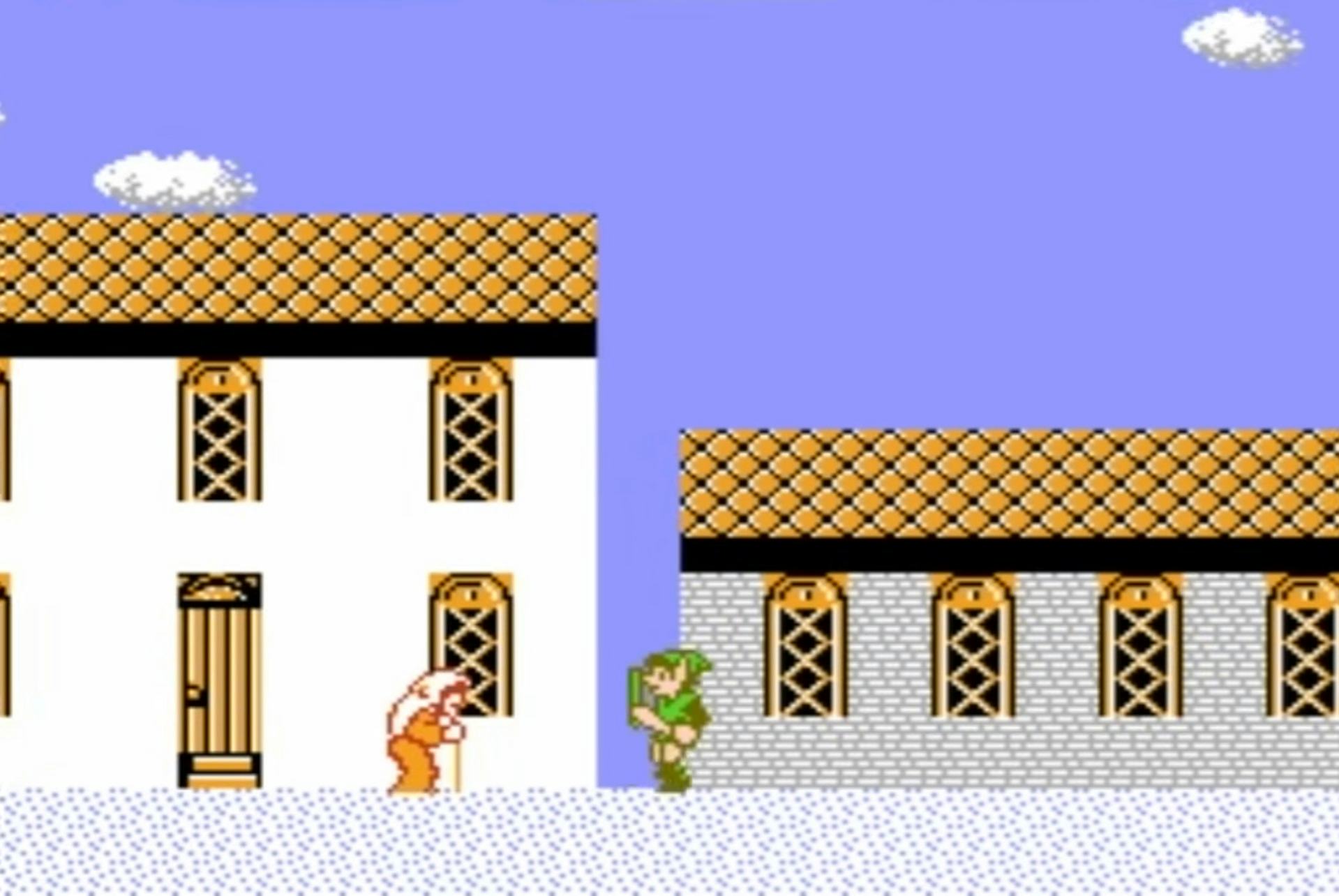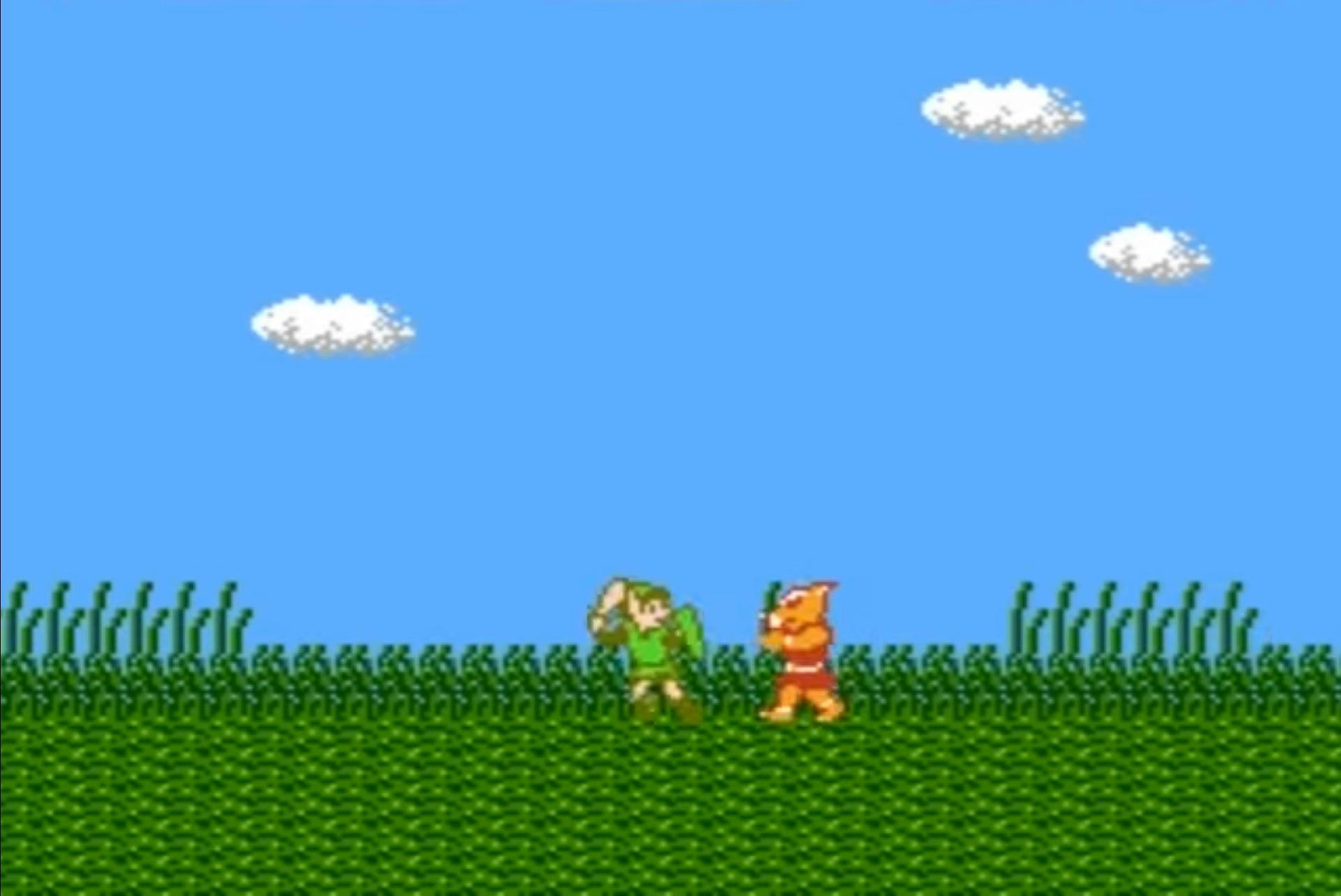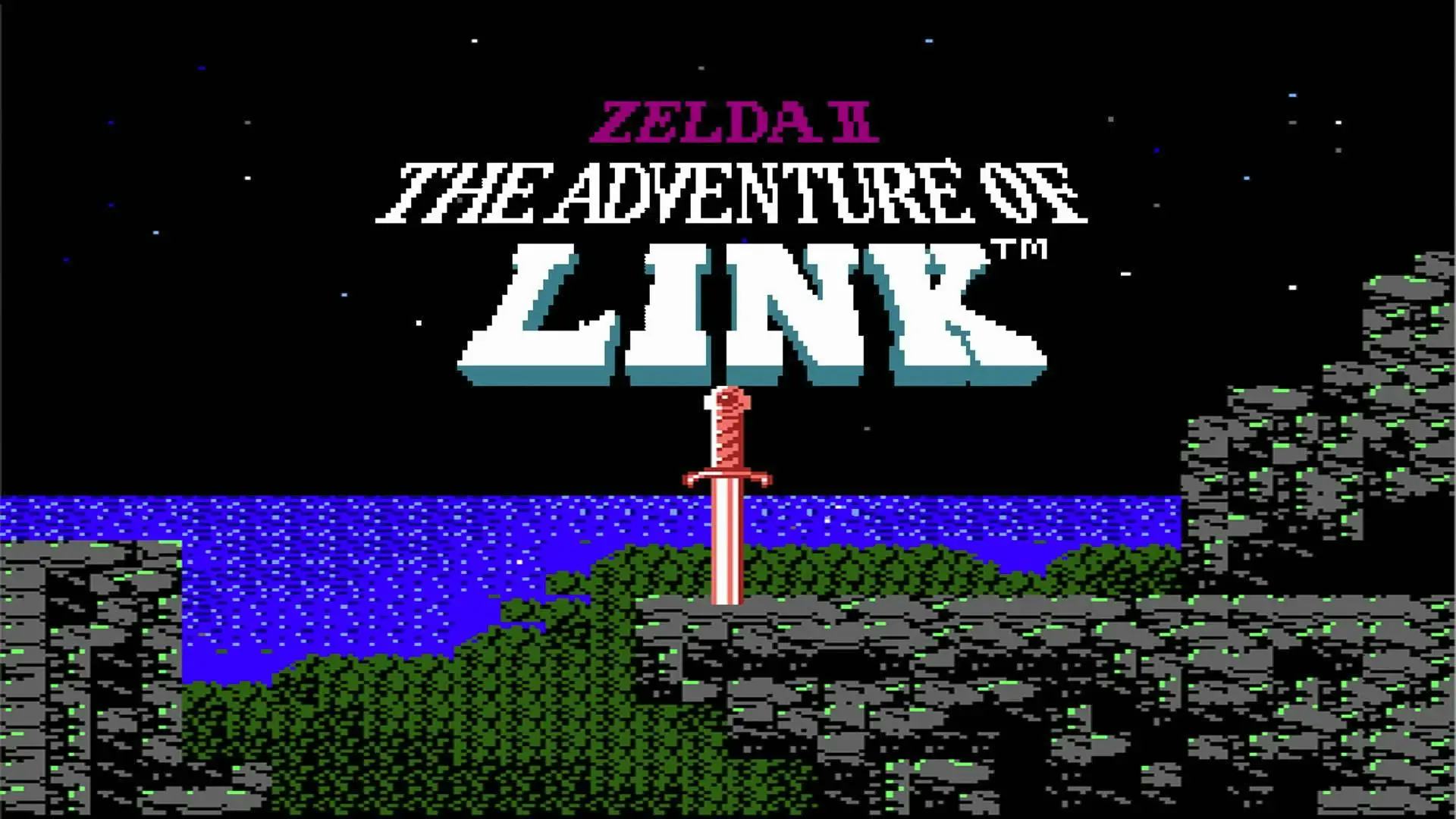
After a developer releases what’s almost universally considered one of the best games ever made, there’s only one logical way to follow it up. Completely change the genre, make it unbelievably hard, and don’t include the original title in the name of the sequel.
At least, that’s what Nintendo did for Zelda II: The Adventure of Link, which was released in North America on December 1, 1988. It ditched The Legend of Zelda’s overhead view and puzzle-filled dungeons for a hack-and-slash sidescrolling approach that’s notoriously difficult, making it one of the most divisive sequels ever made. It’s a wild swing that left players confused and disappointed, but it also exemplifies so much of what makes the Legend of Zelda series great.
Even calling The Adventure of Link divisive is downplaying how much of an oddity it is. It’s considered the black sheep of the series, a strange misstep that Nintendo wisely distanced itself from immediately. The game’s reputation is so bad that its director, Tadashi Sugiyama, joked about it in an interview published by Nintendo around the release of the NES Classic Edition, archived by Nintendo Everything.

When asked for a message for fans who consider The Adventure of Link their favorite Zelda game, Sugiyama responded, “Those kind of people exist!?”
And, of course, they do. The popularity of Soulslikes shows that some people just really like games that beat them up a little, so The Adventure of Link was bound to find an audience, especially being attached to one of the biggest franchises in gaming.
Even if it’s nowhere near your favorite Zelda game, there’s a lot to like about The Adventure of the Link. The sheer audacity of it being a hardcore action platformer is certainly admirable, but it’s more than just an interesting oddity.
While its combat is incredibly challenging, it’s also deeply rewarding. As opposed to combat in The Legend of Zelda, which mostly boils down to “swing your sword until the thing dies,” The Adventure of Link features satisfyingly complex swordplay, at least for the time. Both Link and his foes can use high and low attacks to get around each other’s shields, mixing some strategy into fights against even the simplest of enemies. It also gives Link the ability to leap into the air and perform a plunging attack, which has become a staple of the series.

Because it’s so difficult, the sense of accomplishment when you finally beat it is all the more satisfying. At least I assume so. I’ve never beaten it — it’s hard as hell, are you kidding?
If you make it to the end, the final test is a battle against Dark Link, your hero’s shadowy mirror image who can easily block and counter Link, making for an extremely challenging finale. Dark Link has also become a recurring element of the series.
It may not look like much today, but I remember being blown away by The Adventure of Link’s graphics as a kid, particularly how its detailed character sprites transform enemies that were little more than blobs in the original into terrifying monsters.

Likewise, its soundtrack is full of bangers, as you’d expect from The Legend of Zelda. To this day, I have half a dozen tracks from the game burned into my brain, from its oddly somber title theme to the boisterous music of its world map. The “Temple” and “Great Palace” themes from The Adventure of Link have also lived on in Zelda-themed levels in the Super Smash Bros. series.
Aside from direct references to its music and the recurrence of Dark Link, The Adventure of Link had a huge impact on the Zelda games that followed it. The Hyrule of The Legend of Zelda was populated primarily by weird old folks in caves handing out weapons and potions to children. The Adventure of Link featured actual towns bustling with activity, including a strange preponderance of women carrying bowls on their heads. More than just bringing Hyrule to life, these towns served as hubs for quests and safe places for Link to rest and recover health and magic.
From that template, The Legend of Zelda series would grow to feature much more complex settlements full of memorable characters. But more than any one individual element, The Adventure of Link established that Zelda games don’t all have to look the same. They could, in fact, be wildly different from one another, changing perspective, tone, and genre entirely. Before Ocarina of Time brought the series into 3D and Breath of the Wild traded a linear story for open-ended exploration, The Adventure of Link already broke the mold of what The Legend of Zelda could be.







